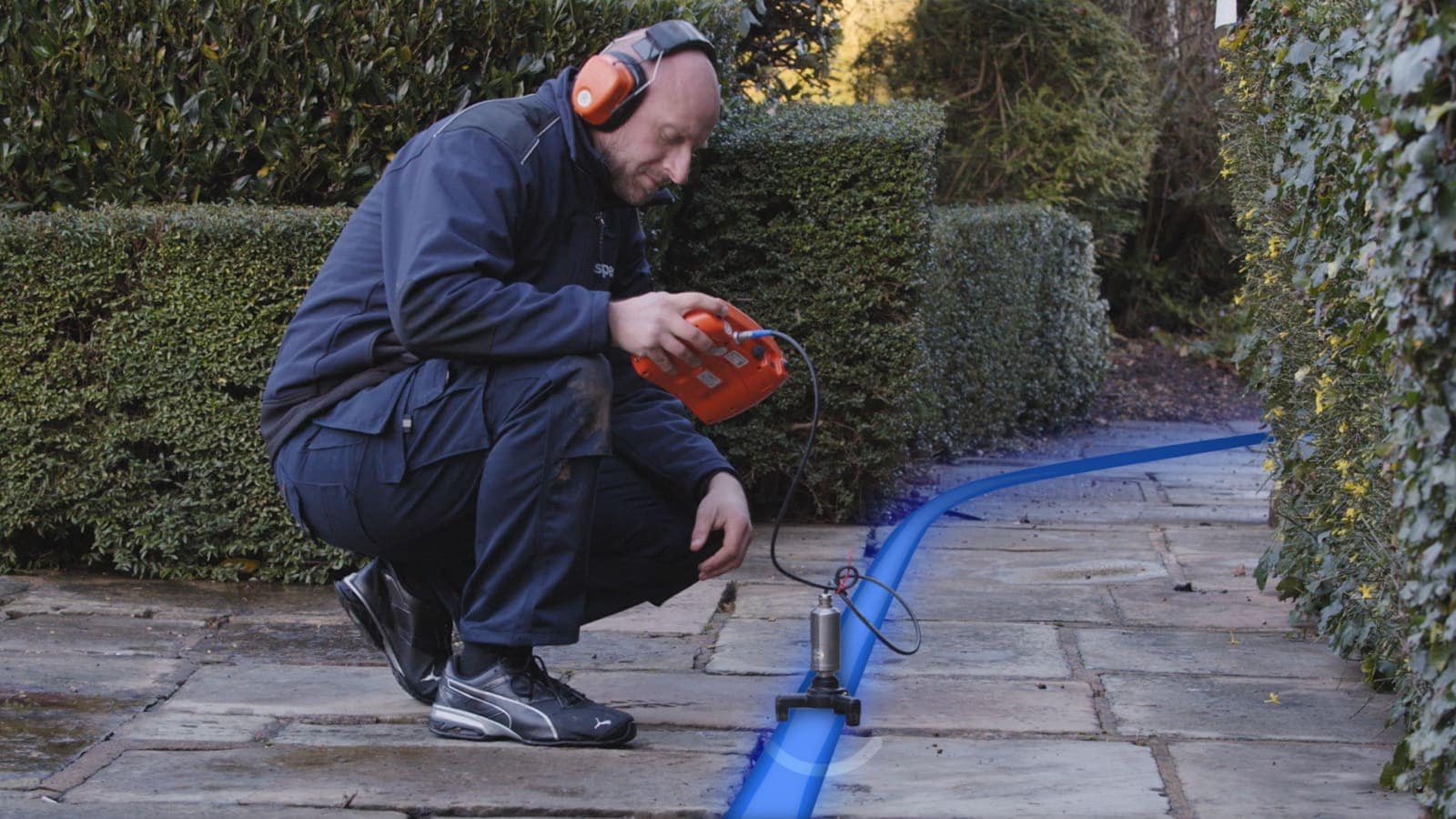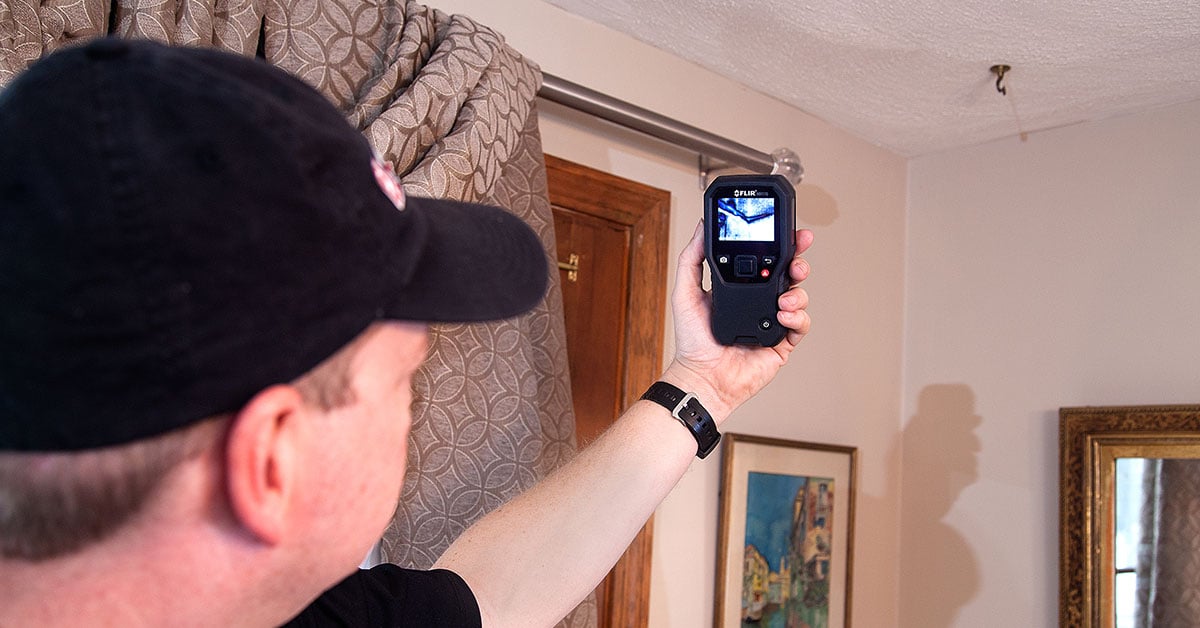Cutting-edge Solutions for Early Detection of Water Leaks in Structures and Framework
From sophisticated leakage discovery modern technologies to the implementation of IoT sensors for real-time tracking, the landscape of leak prevention is evolving rapidly. Automated water flow evaluation systems are reshaping how leakages are recognized and addressed, paving the means for a positive approach to water leak discovery.
Advanced Leakage Detection Technologies
Advanced leak detection technologies, furnished with sophisticated sensors and formulas, play a vital function in quickly identifying and determining water leaks in different setups. Electro-magnetic sensors can determine adjustments in electromagnetic fields triggered by water, supplying yet another layer of leakage detection capacity.

IoT Sensors for Real-Time Tracking
In the realm of modern water leak detection, the integration of IoT sensing units for real-time surveillance stands for an essential development in enhancing proactive leakage detection capabilities. These sensors provide constant surveillance of water systems, giving real-time information on water flow rates, stress variations, and temperature modifications. By leveraging IoT technology, these sensors can discover even the tiniest anomalies in water usage patterns, enabling early recognition of potential leakages before they escalate right into major problems.
IoT sensors transfer data to a central platform, where advanced algorithms evaluate the details and generate signals or alerts when irregularities are detected. This real-time monitoring ability allows home owners or center managers to promptly resolve leakages, lessening water damage, minimizing repair work expenses, and preserving water sources.
Moreover, IoT sensing units can be incorporated with building monitoring systems, enabling for automatic responses to detected leakages, such as turning off water valves or activating pumps to mitigate the effect of leakages. On the whole, the implementation of IoT sensing units for real-time monitoring dramatically enhances the efficiency and performance of water leakage detection in structures and framework.
Artificial Intelligence Algorithms for Leakage Prediction

One trick benefit of using artificial intelligence for leak forecast is its capacity to continuously discover and improve its accuracy in time. As even more data is collected and fed right into the formula, it can fine-tune its forecasts and adapt to transforming problems, inevitably enhancing the integrity this content of leak detection systems.
Furthermore, device knowing algorithms can assist in recognizing refined indications of leaks that might go undetected by standard tracking techniques. water leak detection. By examining intricate information collections in real-time, these algorithms can offer early cautions and signals, enabling for punctual treatment and precautionary upkeep to mitigate potential water damage and associated costs
Utilizing Thermal Imaging for Leak Detection
Thermal imaging innovation supplies an encouraging method for discovering water leaks in various systems and facilities. By making use of infrared radiation and temperature level differences, thermal imaging video cameras can recognize hidden leaks that are not easily noticeable to the nude eye. When water gets away from pipelines or structures, it commonly transforms the temperature of the bordering area, creating temperature differentials that thermal cams can capture. These temperature irregularities are then converted right into noticeable images, highlighting the specific place of the leakage.
One of the vital advantages of thermal imaging for leak detection is its non-intrusive nature. In general, the usage of thermal imaging innovation improves the performance and precision of water leak detection, making it a useful tool for maintaining the honesty of buildings and infrastructures.
Automated Water Flow Analysis Equipments
Just how can automatic water circulation evaluation systems reinvent the detection and monitoring of leaks in various systems and facilities? Automated water circulation analysis systems supply a positive method to leak detection by constantly monitoring water circulation prices and patterns. By establishing standard data, these systems can rapidly recognize discrepancies that may indicate a leak, making it possible for punctual intervention to prevent substantial damage.
These systems utilize advanced formulas to evaluate real-time information and offer prompt notifies when anomalies are spotted, enabling explanation swift action to be taken. Additionally, automated water circulation evaluation systems can be integrated with building monitoring systems or IoT platforms, boosting overall efficiency and making it possible for remote monitoring capabilities.
Moreover, the information gathered by these systems can be used for anticipating upkeep objectives, aiding to recognize prospective weak factors in the framework before leaks occur. In general, the implementation of important link computerized water circulation analysis systems can dramatically enhance leak discovery and monitoring methods, ultimately resulting in set you back financial savings, lowered water wastefulness, and increased sustainability in structures and facilities.

Final Thought
Finally, the integration of innovative leakage detection innovations, IoT sensors, artificial intelligence formulas, thermal imaging, and computerized water flow evaluation systems supplies ingenious solutions for very early detection of water leaks in buildings and facilities. These innovations enable real-time surveillance, forecast of leakages, and efficient discovery techniques to avoid water damage and waste. Executing these options can help in preserving the integrity and sustainability of water systems in numerous settings.